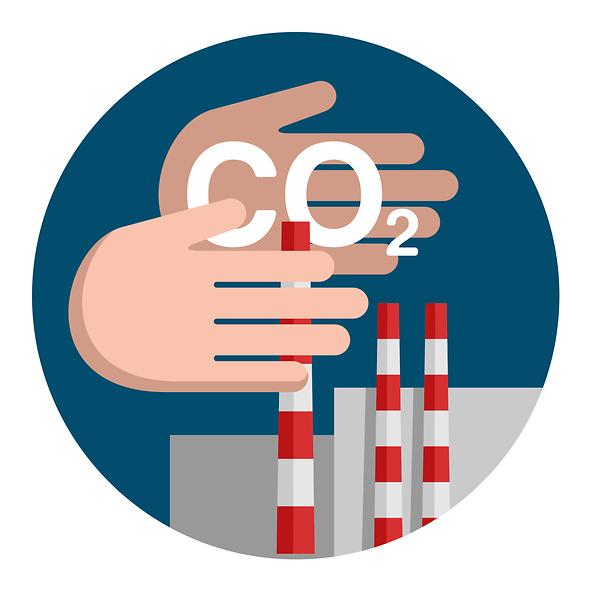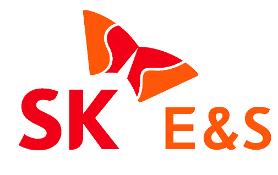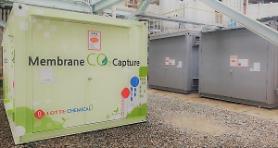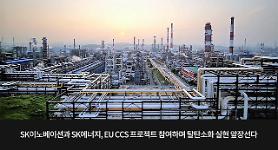
[Gettyimages Bank]
SEOUL -- The basic design of a carbon dioxide injection platform for offshore storage has obtained certification from DNV, an international accredited registrar and classification society based in Norway. The platform will be used for a project launched by South Korea's national oil and gas company to use a waste gas field for carbon capture and storage.
The platform will be used to store 400,000 tons of captured and liquefied CO2 every year from 2025 in a gas field stratum, which is scheduled to end production in June 2022, off the southeastern port city of Ulsan.
Korea Shipbuilding & Offshore Engineering (KSOE) affiliated with South Korea's Hyundai shipbuilding group is in charge of developing a CO2 injection system, while Hyundai Heavy Industries is responsible for the basic design of the platform. Korea National Oil Corporation (KNOC) manages gas injection and operation.
In May, KNOC kicked off a state-sponsored carbon capture and storage (CCS) demonstration project to store CO2 in the gas field off Ulsan. CCS is the process of capturing waste carbon dioxide, transporting it to a storage site and depositing it where it will not enter the atmosphere. The aim is to prevent the release of large quantities of CO2 into the atmosphere from heavy industry and limit climate change.
SK Innovation will acquire optimal CCS technology, while SK Energy, an oil refining subsidiary of SK Group, will apply CCS technology to its hydrogen plant in Ulsan, which is emerging as South Korea's renewable energy hub based on hydrogen and offshore wind farms. The Hyundai shipbuilding group will lead a joint project to produce green hydrogen using electricity generated by floating wind farms. Green hydrogen is produced from water using renewable power.
Copyright ⓒ Aju Press All rights reserved.



